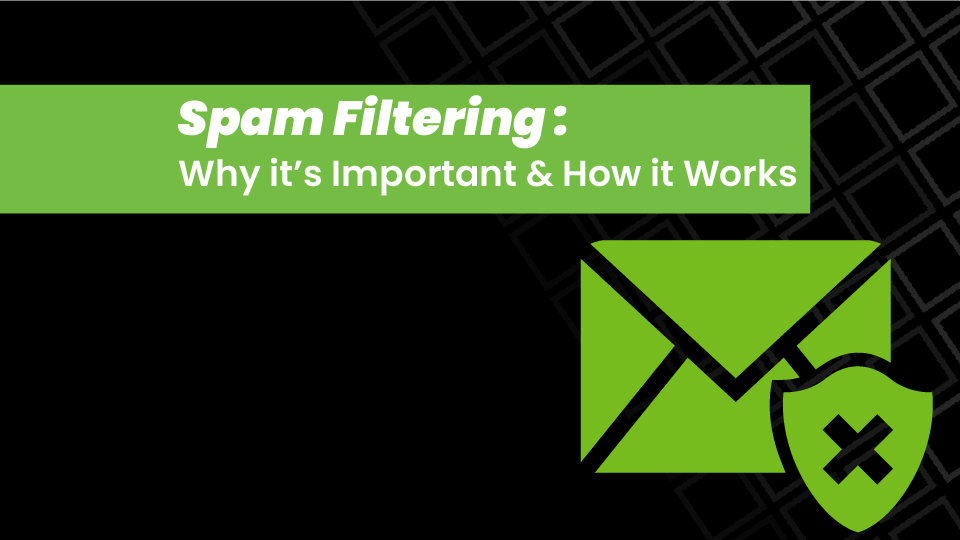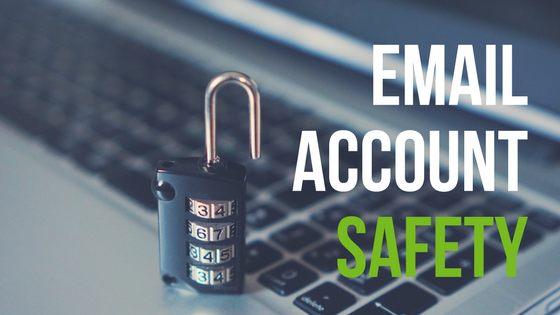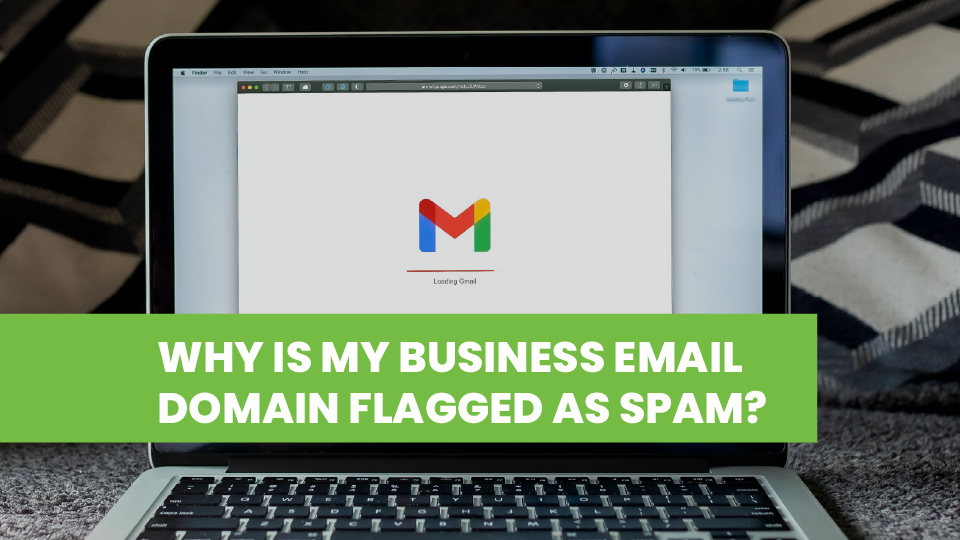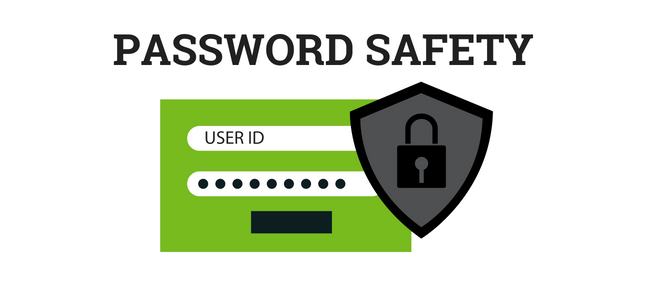3 Ways To Keep Your Business Email Account Safe
The most common way most business users share information with one another is through their work email addresses. Aside from sharing important...
Five Nines Team : Jun 6, 2018 1:15:57 PM
2 min read

Once spam hits your email inbox, you become a target. When it comes to technology, humans tend to be the weakest link in most IT security situations. Attackers will constantly try to trick them, manipulating users to click on things that they shouldn't through a variety of methods. Oftentimes, these "tricks" are via email, as email platforms can target a very large number of people and are a very "budget-friendly" attack. If users happen to click the wrong thing within the spam email, bullseye, internal data then becomes exposed.
Since email is commonly used as a way to exploit users and their data, spam filtering has grown in importance and relevance. Organizations must utilize a spam filter to reduce the risk of users clicking on something they shouldn't, in turn keeping their internal data shielded from a cyber attack.
Spam filtering uses a filtering solution within your email run by a set of procedures that help determine which incoming emails are spam and which are safe for the user to open. According to Spamhaus, the United States is ranked #1 among countries that have the most live spam issues. Spam is getting sent to users, and it's getting sent a lot.
The main types of filtering analyzes the source of the email, whether the source of the email has had any complaints or has ever been blacklisted, the content of the email, and subscriber engagement. All of this is tracked and sorted before hitting a user's inbox. Spam filtering solutions can be hosted in several ways to support organizations, whether it's through a cloud service, on-premise technology, or software installed on organizational computers that can collaborate with email platforms.
Implementing spam filtering is extremely important for any organization. Not only does spam filtering help keep garbage out of email inboxes, it helps with the quality of life of business emails because they run smoothly and are only used for their desired purpose. Spam filtering is essentially an anti-malware tool, as many attacks through email are trying to trick users to click on a malicious attachment, asking them to supply their credentials, and much more.
Related: Be Prepared to Fight Cybercrime With User Training
According to Radicati Research Group Inc., email spam costs businesses up to $20.5 billion each year, and that number will only continue to rise. Spam filtering prevents these spam messages from ever entering an inbox in the first place, keeping organizations from adding to the growing statistic of lost revenue.
Graymail. Another important aspect of spam filtering is the ability to eliminate "graymail" from user inboxes as well. Graymail is an email that a user has previously opted to receive, but doesn't really want or need in their inbox. Graymail isn't considered spam, as these emails aren't used to infiltrate an organization. What is considered graymail is determined by the actions of the user over time, and spam filtering platforms will pick up on that to determine what is or is not wanted within an inbox. A good spam filtering platform lets users adjust to block a lot of graymail, rather than having to manually unsubscribe from every single one.
According to Proofpoint, 40% of organizations targeted by email fraud received between 10 and 50 attacks in the beginning of 2018, and the number of companies receiving more than 50 attacks rose by 20% in comparison to 2017. Five Nines has utilized Proofpoint as its' spam filtering platform for a couple of different reasons.
First, Proofpoint is hosted as a spam-filtering cloud service, this is preferred as inboxes get filtered before getting inside the Five Nines or client networks, which cuts down on malicious traffic immensely. Because spam and email attacks are constantly evolving, the threat response must continuously evolve as well, which is why Proofpoint spends a lot of time and money improving its spam filtering platform continuously.
Without spam filters, an organization's email setup wouldn't function properly, and internal data would have a higher risk of exposure to a cyber-attack. Consult with an IT team about properly implementing a spam filtering system for the well-being of your organizational email system, the safety of your data, and the peace of mind of your users.

The most common way most business users share information with one another is through their work email addresses. Aside from sharing important...

Have you had an issue with email deliverability or your domain being flagged as spam? The industry standard for spam complaints is 0.1%. This means...

What's your go-to password? We all have one. Is yours secure? You can test how secure one of your top-of-mind passwords really is by checking it here: